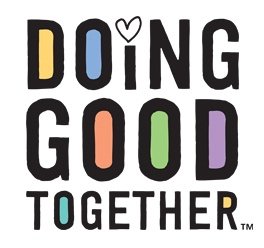Learn ways to include kindness lessons in educational settings and beyond! Through learning about kindness, children learn empathy and compassion and can begin viewing the world around them through the eyes of others as they appreciate diverse perspectives. By building kindness activities into regular educational practices, we prepare kids for life as an adult who cares and contributes to the world around them.

Valentine’s Day often stirs strong feelings, often over-celebrated with material gestures. Our guest contributor shares how her view of the holiday was shifted by a homemade card, revealing the day's deeper potential. Learn how teaching young children about varied forms of love can foster empathy and enrich lives.

We might apply the idea of a “messy middle” to much of life–switching careers, engaging in social change, even parenting/family life itself. Most of our lives happen in this space, when you stop to think about it–we haven’t yet “arrived” at the metaphorical place of organization and tranquility, but are constantly evolving our processes to be responsive to needs. How might we help our children understand the messy middle–its necessity, its tension, its gift–in a developmentally-appropriate way?

As parents and caregivers, you likely know all too well the daily stressors you face. The surgeon general’s report outlines the specific challenges we face at each stage of a child’s development, from sleepless nights with newborns to navigating the troubled teen years. The stress doesn’t just affect us as parents, it spreads to impact the whole family unit. And when we worry that our stress is affecting our kids, the cycle feels never-ending. The surgeon general’s report calls attention to this vicious cycle and offers actionable ways to break it.

In today's fast-paced information cycle, issues are often presented as black or white, right or wrong. When parents actively listen and support diverse perspectives on various topics, from child care to nutrition, they model for children how to understand and appreciate differences, encouraging a more nuanced and empathetic view of the world.

